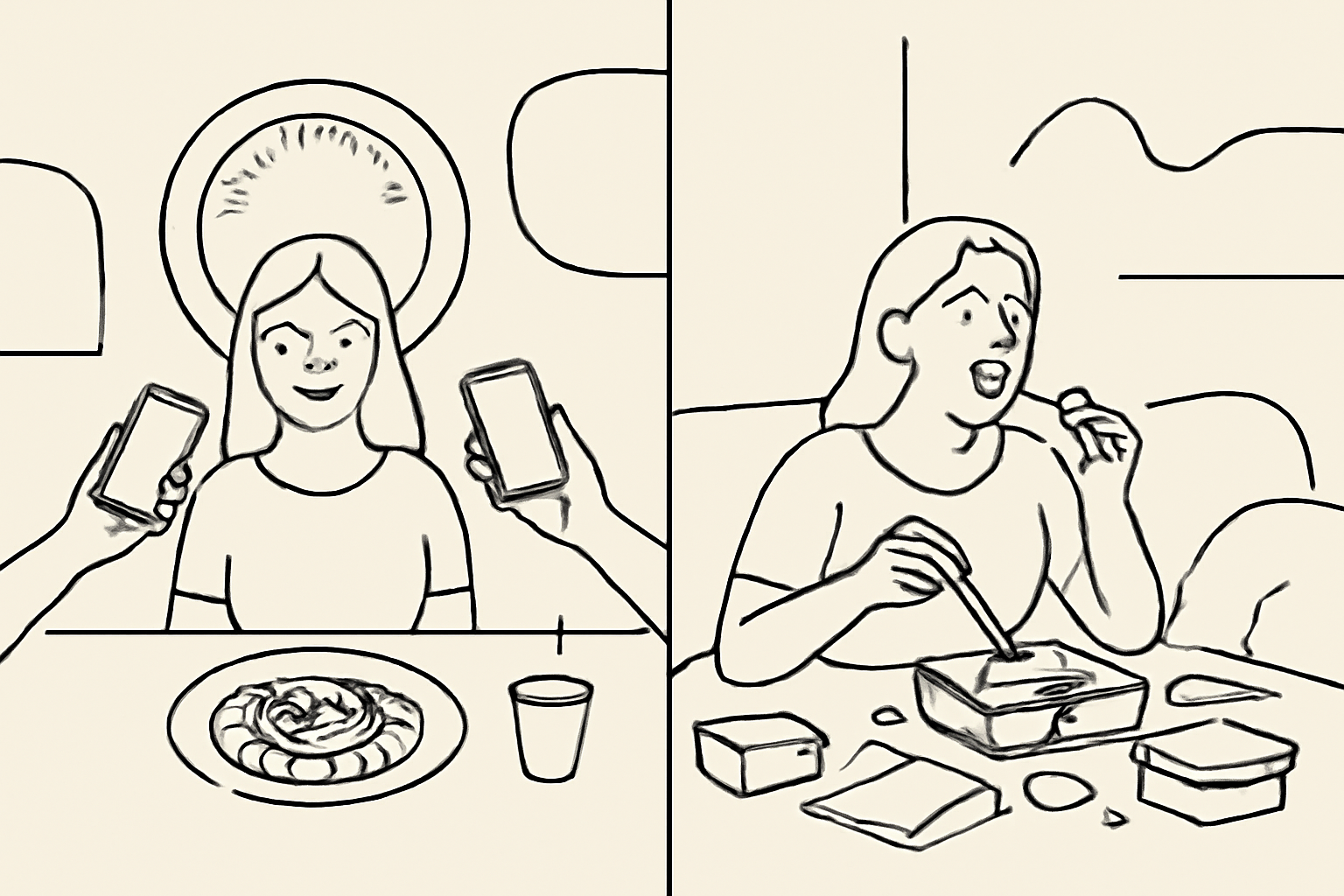
The polished images of food bloggers on Instagram often contrast sharply with the reality behind the scenes. The meticulously styled images of flawless dishes can create an illusion of perfection. Modern food blogging involves more than just culinary skills; it requires an understanding of photography, marketing, and social media strategy.
In the digital sphere, food bloggers must juggle the dual roles of content creator and entrepreneur. The process involves extensive food styling, which can take hours to achieve the desired aesthetic appeal required to capture the audience’s attention. This meticulous work is often unseen by the audience, who may view the final image without appreciating the complexity behind it.
The demand for content consistency and uniqueness adds pressure to maintain an online presence while meeting the expectations of followers and sponsors. Bloggers often curate their feeds to align with brand partnerships and the algorithm-driven nature of social media platforms. This curation can sometimes lead to a portrayal that emphasizes aesthetics over reality, with kitchen mishaps, failed recipes, and lengthy preparation times often left out of the spotlight.
Moreover, the financial realities of food blogging can contrast with the glamorous perception. Many bloggers rely on multiple streams of income, such as sponsorships, affiliate marketing, and ad revenue, rather than solely their culinary creations. Negotiating these financial aspects is crucial yet challenging, often requiring an additional skill set that goes beyond culinary expertise.
This dichotomy between the polished content shared online and the intensive labor involved highlights a broader conversation about authenticity and the pressures of maintaining a curated online persona. It underscores the importance of transparency and mindfulness of the impact social media portrayals have on both content creators and consumers.